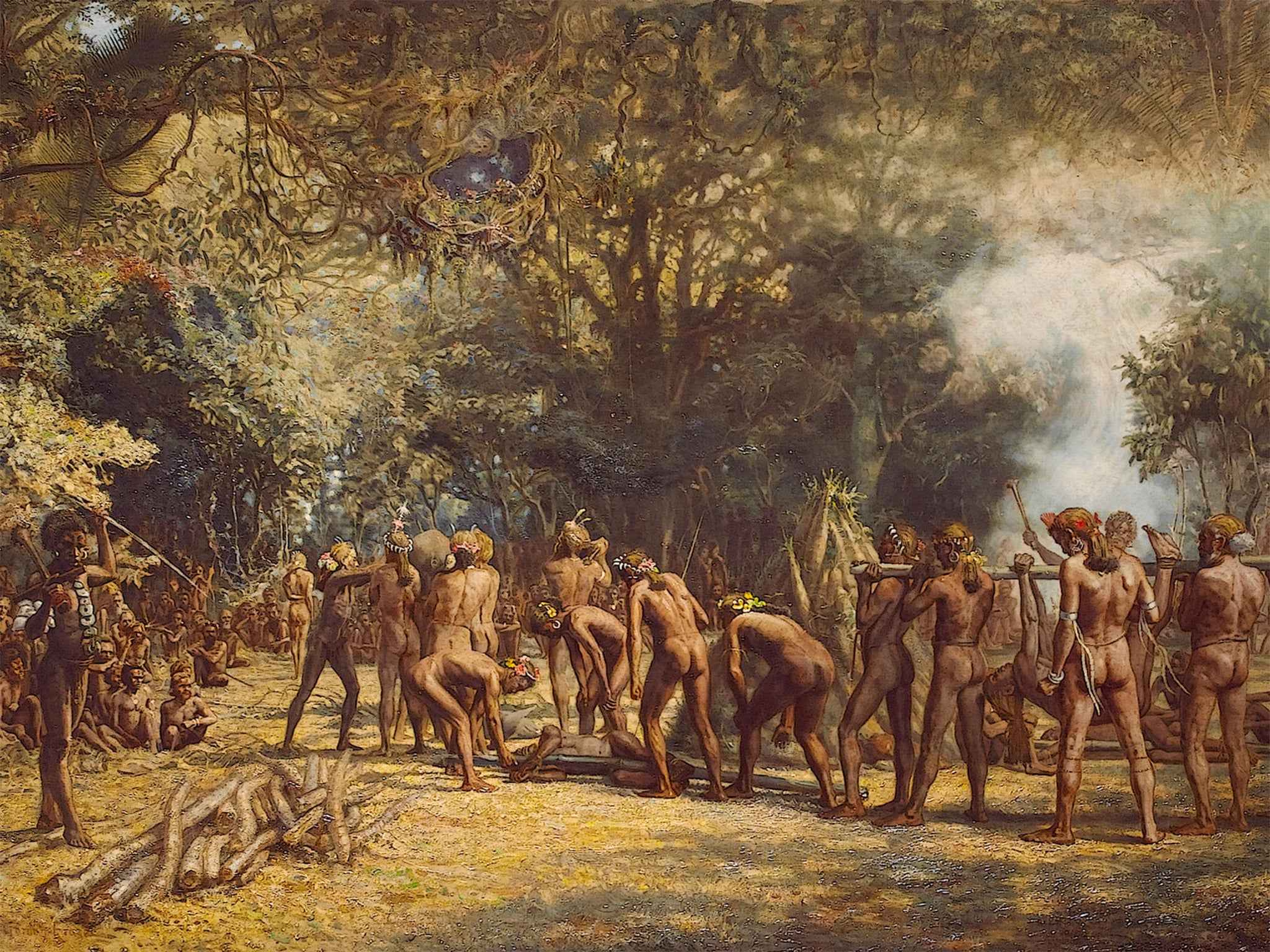Scientists find mutation that protects against 'mad cow' disease after studying cannibal group
The researchers discovered the mutation after studying the genes of the Fore people of Papua New Guinea

Your support helps us to tell the story
From reproductive rights to climate change to Big Tech, The Independent is on the ground when the story is developing. Whether it's investigating the financials of Elon Musk's pro-Trump PAC or producing our latest documentary, 'The A Word', which shines a light on the American women fighting for reproductive rights, we know how important it is to parse out the facts from the messaging.
At such a critical moment in US history, we need reporters on the ground. Your donation allows us to keep sending journalists to speak to both sides of the story.
The Independent is trusted by Americans across the entire political spectrum. And unlike many other quality news outlets, we choose not to lock Americans out of our reporting and analysis with paywalls. We believe quality journalism should be available to everyone, paid for by those who can afford it.
Your support makes all the difference.Scientists have found a genetic mutation that imparts complete protection against the human form of “mad cow” disease, which could lead to new ways of tackling similar incurable brain diseases.
The researchers discovered the mutation after studying the genes of the Fore people of Papua New Guinea who until recently had practised a form of cannibalism where a related disease was transmitted by eating the brain tissue of the dead.
The mutation occurs in the gene for the prion protein which is linked with Creutzfeldt-Jakob disease (CJD), bovine spongiform encephalopathy (BSE) in cattle and kuru, the brain disease that was once common among the Fore when they consumed their dead as a mark of respect.
Scientists funded by the Medical Research Council analysed the genetic sequence of the prion genes of Fore individuals who had survived for many years after they had participated in the funeral rituals, which were prohibited in the 1950s, in the hope of identifying mutations that might confer long-term resistance to kuru.
The researchers from the MRC Prion Unit in London identified a single change in the sequence of the 253 building blocks that make up the prion protein. When the made the same change in the prion gene of laboratory mice they found that they became 100 per cent resistant to kuru and all forms of CJD, including variant CJD – the human form of BSE.
“From the human genetic work the unit has carried out in Papua New Guinea we were expecting the mice to show some resistance to disease,” said Emmanuel Asante, who led the work at the MRC Prion Unit in the Institute of Neurology at University College London.
“However, we were surprised that the mice were completely protected from all human prion strains. The result could not have been clearer or more dramatic,” Dr Asante said.
At the height of the kuru epidemic in the mid-20th Century, the disease was killing about 2 per cent of the Fore population every year. Some villages had become so severely depopulated they risked dying out, with few if any women of child-bearing age left alive.
However, the scientists believe that people who had been born with the resistance mutation may have helped to re-populate the Fore villages, leading to a rise in the number of individuals who were resistant to kuru.
“This is a striking example of Darwinian evolution in humans – the epidemic of prion disease selecting a single genetic change that provided complete protection against an invariably fatal dementia,” said Professor John Collinge, director of the Prion Unit.
“Work is now on-going to understand the molecular basis of this effect which we expect to provide key insights into how seeds of other misshapen proteins develop in the brain and cause the common forms of dementia, thereby guiding us to new treatments in the years ahead,” Professor Collinge said.
Kuru and the variant CJD are known to have a long incubation period between exposure to the infectious material and the onset of symptoms. There have been 177 reported cases of variant CJD in Britain, which resulted from BSE-contaminated material entering the human food chain.
Join our commenting forum
Join thought-provoking conversations, follow other Independent readers and see their replies
Comments